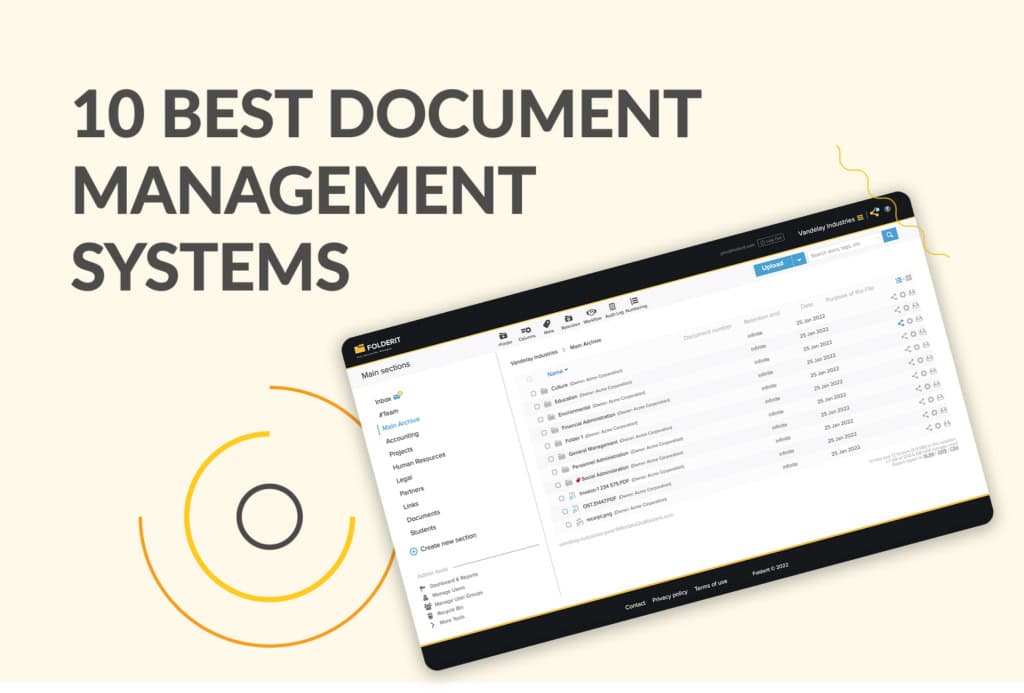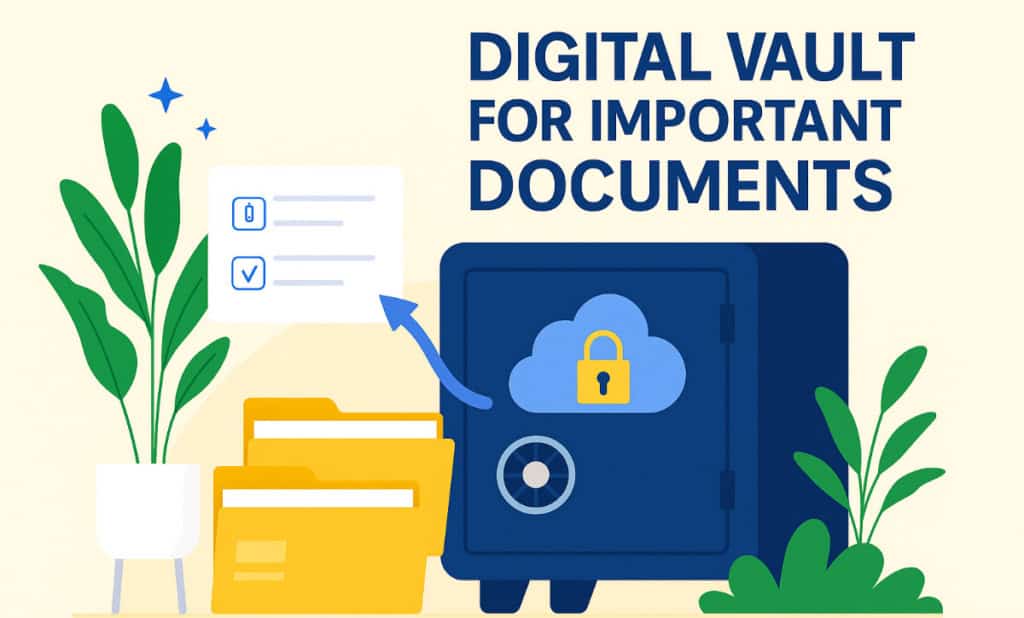The Statement of Work (SOW) is indispensable for project management and business operations, but what is it?
It is the foundational document that defines the scope of work, the responsibilities of each party, the deliverables, and the timelines for a specific project. The importance of an SOW cannot be overstated; it not only ensures that all parties have a clear understanding of their duties and expectations but also serves as a legal contract that can be referenced in case of disputes.
Understanding the Components of an SOW
An effective SOW is meticulously detailed and carefully structured to cover all aspects of the project. Here are some of the critical elements:
- Objectives: Clearly states what the project aims to achieve.
- Scope of Work: Describes the work to be performed and the processes involved in detailed terms.
- Deliverables: Specifies what the project will produce, including the physical or digital outputs.
- Timeline: Outlines the project schedule with start and end dates, including all key milestones.
- Budget and Payment Terms: Details the financial aspects, including total cost, payment schedule, and conditions.
These components are crucial as they provide a roadmap for the project, ensuring that everyone involved is aligned towards the same goals.
Best Practices for Writing an SOW
Writing an SOW requires precision and foresight. Here are some best practices to follow:
- Clarity and Detail: Be as clear and detailed as possible to avoid ambiguity and ensure all parties understand the project scope and responsibilities.
- Realistic Milestones and Deadlines: Set achievable milestones and realistic deadlines to keep the project on track.
- Regular Updates: The SOW should be a living document that can be updated as the project evolves to reflect any changes in scope or objectives.
Advanced Techniques in SOW Creation
Delving deeper into the Statement of Work, there are several advanced techniques that can enhance its effectiveness:
- Risk Management: Include a section dedicated to identifying potential risks associated with the project and outline strategies for mitigating these risks. This proactive approach helps in managing unforeseen challenges effectively.
- Performance Standards: Clearly define the performance standards and quality requirements for deliverables. This ensures that the outcomes not only meet but exceed expectations, fostering trust and satisfaction.
- Use of Visual Aids: Incorporate diagrams, charts, or tables to visually represent complex information. This can improve understanding and retention of the details within the SOW, making it more accessible to all stakeholders.
These techniques can transform a basic SOW into a comprehensive and dynamic tool that actively guides the project toward successful completion while managing expectations and responsibilities effectively.
Common Pitfalls and How to Avoid Them
Creating an SOW is not without its challenges. Common pitfalls include:
- Scope Creep: This occurs when the project’s scope expands beyond what was initially agreed upon without proper adjustments to time, resources, or budget. To avoid this, ensure the scope is well-defined and changes are formally documented and approved.
- Vague Language: Ambiguities in the SOW can lead to misunderstandings and disputes. Use precise, clear language and define all terms thoroughly to ensure clarity.
- Inadequate Risk Planning: Failing to anticipate or address potential risks can derail a project. Incorporate comprehensive risk management strategies to mitigate this.
Leveraging Technology for SOW Management: Introducing Folderit
Folderit, a robust document management system, offers features that can streamline the creation, execution, and maintenance of SOWs:
- Document Security and Control: Folderit secures sensitive information with advanced encryption and access controls, ensuring that only authorized personnel can access critical documents.
- Version Control: Keep track of different versions of the SOW, allowing for transparent tracking of changes and updates.
- Accessibility and Collaboration: With cloud-based storage, Folderit allows team members to access the SOW from anywhere, facilitating better collaboration and communication.
Conclusion
The Statement of Work is more than just a document; it’s a crucial blueprint for the success of any project. By following best practices and utilizing advanced techniques, you can craft SOWs that are not only effective but also dynamic tools that adapt to project needs. Additionally, integrating a document management solution like Folderit can greatly enhance the management of SOWs, ensuring that your projects remain on track, within scope, and successful in achieving their objectives. By adopting these strategies, businesses can navigate the complexities of project management with confidence and precision, leading to better outcomes and heightened efficiency.






